Class 12 History Chapter 6 Bhakti Sufi Traditions
Bhakti Sufi Traditions Class 12 Notes
🔷 Introduction
- Between 8th and 18th century, Indian society witnessed major changes in religious beliefs and practices.
- Bhakti and Sufi traditions emerged as powerful expressions of people’s spiritual needs, challenging orthodoxies.
- These movements emphasized personal devotion over ritual and caste.
🧭 SECTION I: The Background – A Mosaic of Religious Beliefs and Practices
● Religion Before Bhakti and Sufi
- People followed multiple religious ideas – Vedic, Puranic, Buddhist, Jain, tribal, local deities, and ancestor worship.
- Many deities were worshipped across regions: Vishnu, Shiva, Durga.
- Local deities like Gramadevata (village god/goddess) were important too.
- Process of Sanskritisation: local deities became part of the Brahmanical pantheon.
● The Idea of a Supreme God
- From early centuries CE, the idea of a single personal god became popular (Bhakti).
- Two major trends developed:
- Saguna Bhakti – God with form (Rama, Krishna, Vishnu, Shiva)
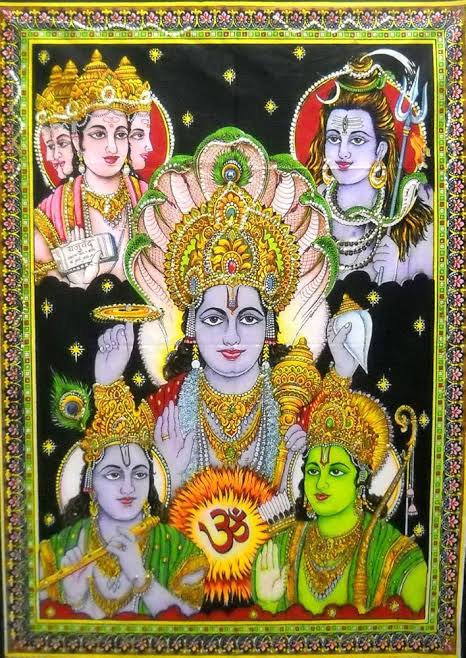
- Nirguna Bhakti – God without form or attributes (abstract form)
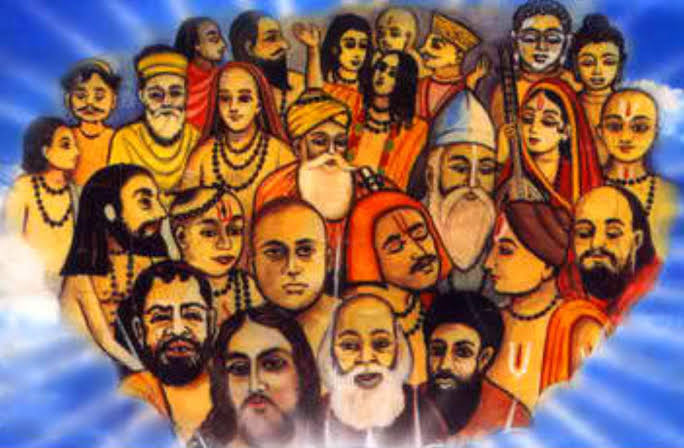
● Tantric Practices
- Tantra focused on rituals, mantras, and worship of the female divine.
- Found across religious boundaries (Hindu, Buddhist, Jain, Muslim mystics).
- Sometimes criticized for being secretive and esoteric.
🔷 SECTION II: The Virashaiva Tradition in Karnataka
● Lingayats or Virashaivas
- Emerged in 12th century in Karnataka, led by Basavanna, a minister in the court of Kalachuri king.
- Rejected caste distinctions and Brahmanical dominance.
- Worshipped Shiva in the form of a linga.
- Practiced simple monotheism, emphasized inner purity, and rejected temple worship and Vedas.
- Supported gender equality and accepted widow remarriage.
- Their sayings, called Vachanas, were composed in Kannada.
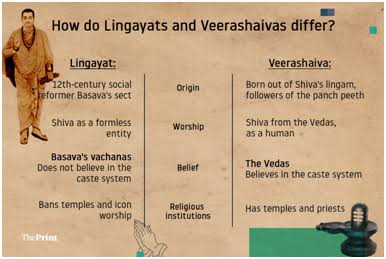
🔷 SECTION III: The Saints of Maharashtra
- Saints like Namdev, Eknath, Tukaram, Sakhubai, Janabai preached Bhakti in regional Marathi language.
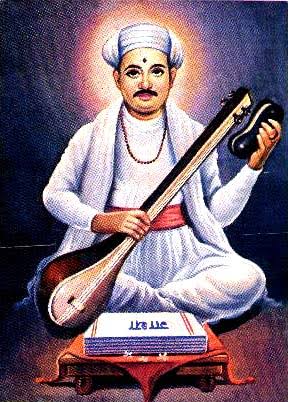
- Emphasized:
- Personal devotion to Vitthala (form of Vishnu)
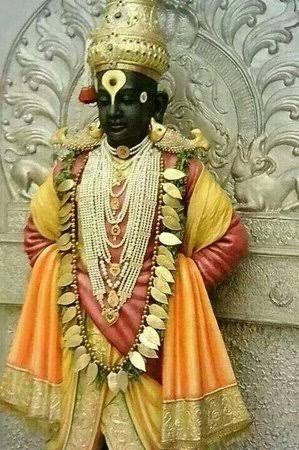
- Anti-caste message and equality
- Rejected rituals and temple dominance
- Their abhangs (devotional poems) were composed in Marathi and became part of popular tradition.
🔷 SECTION IV: Nathpanthis, Siddhas and Yogis
- Criticized ritualism and the dominance of priests.
- Advocated renunciation, meditation, and monastic living.
- Believed in the power of yogic practices and the body as the vehicle for spiritual experience.
- Composed poems in regional languages, reaching common people.
🔷 SECTION V: Bhakti Movement in North India
● Key Features
- Emphasized:
- One formless god (Nirguna Bhakti)
- Equality of all castes
- Rejection of priesthood and external rituals
- Emphasis on love, surrender, and personal relationship with God
● Kabir (15th Century)
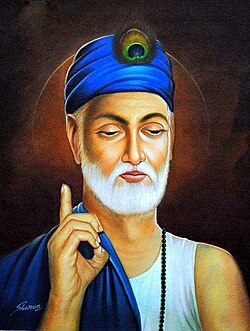
- Believed in a nirguna god (without form).
- Used simple Hindi dialect (Awadhi/Khari Boli).
- Poems called Sakhis and Pads.
- Criticized both Hindu rituals and Muslim orthodoxy.
- Believed in unity of God and opposed idol worship.
- His verses found in Guru Granth Sahib, Kabir Bijak.
● Guru Nanak (1469–1539)

- Founder of Sikhism, emphasized the oneness of God (Nirguna).
- Preached through hymns in Punjabi.
- Set up Sangat (congregation) and Langar (community kitchen).
- Opposed caste, ritualism, and religious divisions.
- His teachings compiled in Guru Granth Sahib by Guru Arjan.
🔷 SECTION VI: Relations Between Religious Communities
● Interaction and Exchange
- Complex relationships: mutual sharing, syncretism, and occasional conflict.
- Shared spaces: shrines, festivals, songs.
- Example: Jahangir’s respect for Hindu saints, Akbar’s policy of Sulh-i-Kul (universal peace).
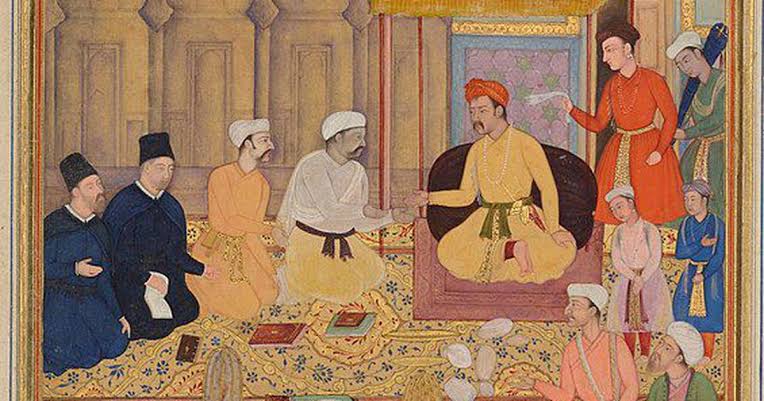
🔷 SECTION VII: The Growth of Sufism
● What is Sufism?
- Islamic mysticism that emphasizes inner purity, love of God, renunciation of materialism.
- Emerged in West Asia and spread to India from 8th century onwards.
● Sufi Orders (Silsilas)
- Organized spiritual chains with master–disciple relationship.
- Chishti, Qadiri, Suhrawardi, and Naqshbandi were prominent orders in India.
● The Chishti Silsila
- Founded in India by Khwaja Muinuddin Chishti (Ajmer).
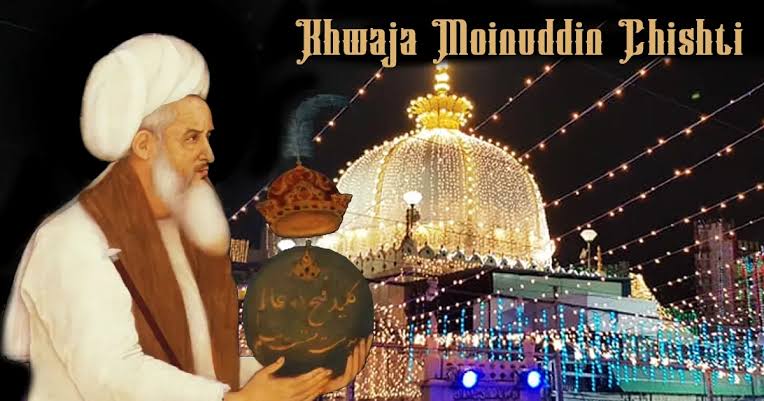
- Notable followers: Sheikh Nizamuddin Auliya (Delhi),
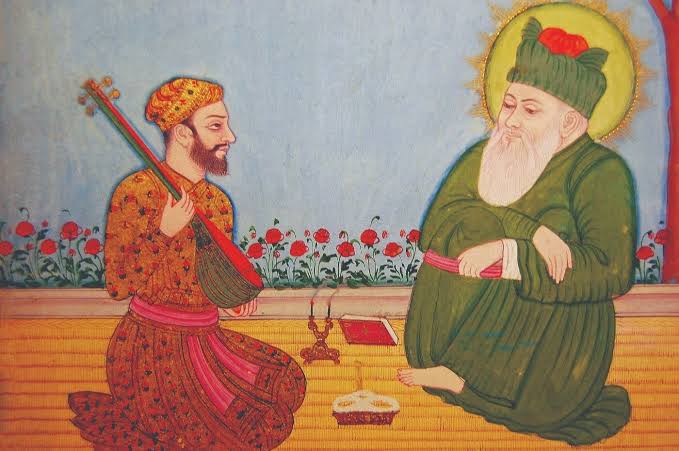
- Baba Farid,
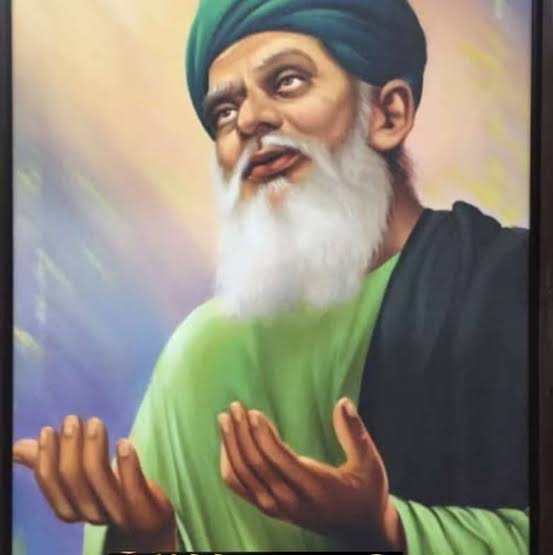
- Nasiruddin Chiragh Dilli.
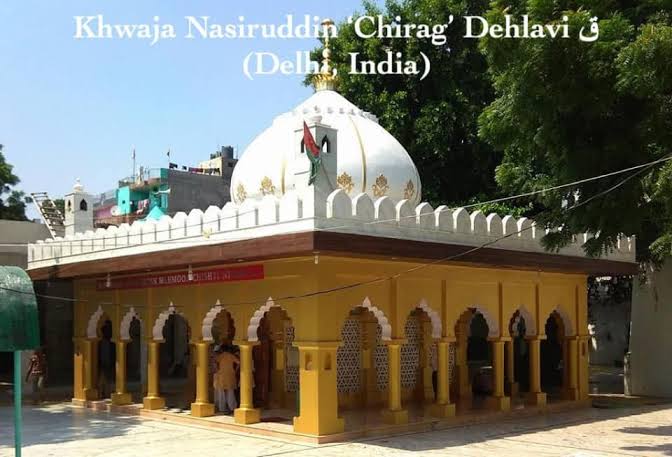
- Practices:
- Sama (devotional music)
- Open kitchen (Langar)
- Service to poor
- Acceptance of all religions
- Emphasis on love and tolerance
● Sufi Khanqahs
- Sufi lodges where disciples lived with the master.
- Centers of spiritual discussion, social help, and charity.
● Sufi Texts and Practices
- Sufi literature: Malfoozat (sayings), Maktubat (letters), and hagiographies.
- Devotional songs in Persian and local languages.
- Tombs (dargahs) of saints became sacred spaces.
🔷 SECTION VIII: New Devotional Paths
● Temples and Religious Institutions
- Despite Bhakti and Sufi criticism of ritualism, temples remained important.
- Rulers patronized large temples: Jagannath (Odisha), Meenakshi (Madurai), Tirupati (AP).
- Temples were centers of:
- Social gatherings
- Cultural performance (music, dance)
- Education and economy
● Women and the Bhakti Movement
- Women saints: Mirabai, Andal, Lalleshwari, Janabai challenged male dominance.
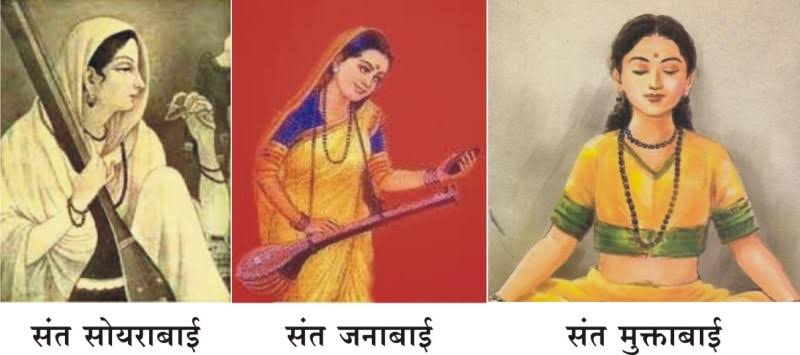
- Mirabai (16th century):
- Devotee of Krishna
- Wrote in Rajasthani and Braj
- Rejected royal family norms
- Devotional poems expressing surrender and love
🔷 Conclusion
- The Bhakti and Sufi movements offered alternatives to orthodoxy, emphasizing:
- Love for a personal god
- Universal values
- Social equality
- Despite diverse regional forms, the core message was unity, devotion, and reform.
- Their legacy continues to shape Indian religious and cultural life today.
✅ Learning Outcomes
- Students understand the socio-religious landscape of medieval India.
- Identify differences between Saguna/Nirguna Bhakti and various Sufi orders.
- Appreciate the role of saints and poets in creating a more inclusive spiritual space.
Here is a complete and detailed original summary of Class 12 History Chapter 6 – Bhakti–Sufi Traditions: Changes in Religious Beliefs and Devotional Texts, based strictly on the NCERT textbook, covering every topic and sub-topic, and is useful for both students and teachers. It is original and copyright-free, suitable for distribution or classroom u







